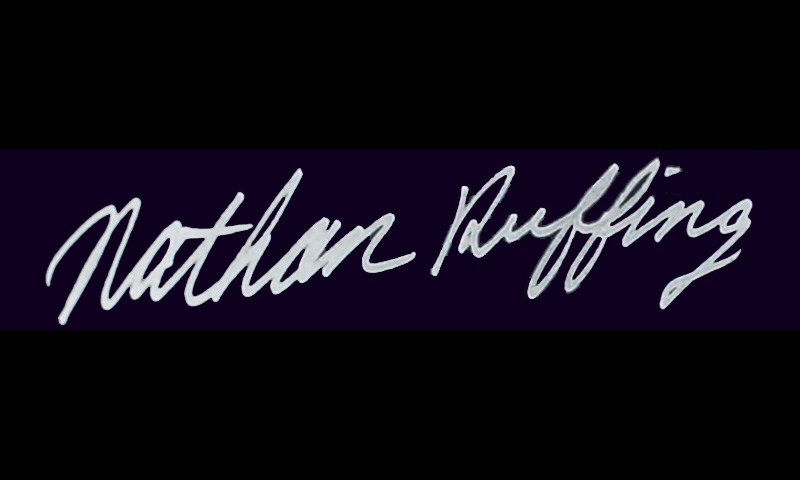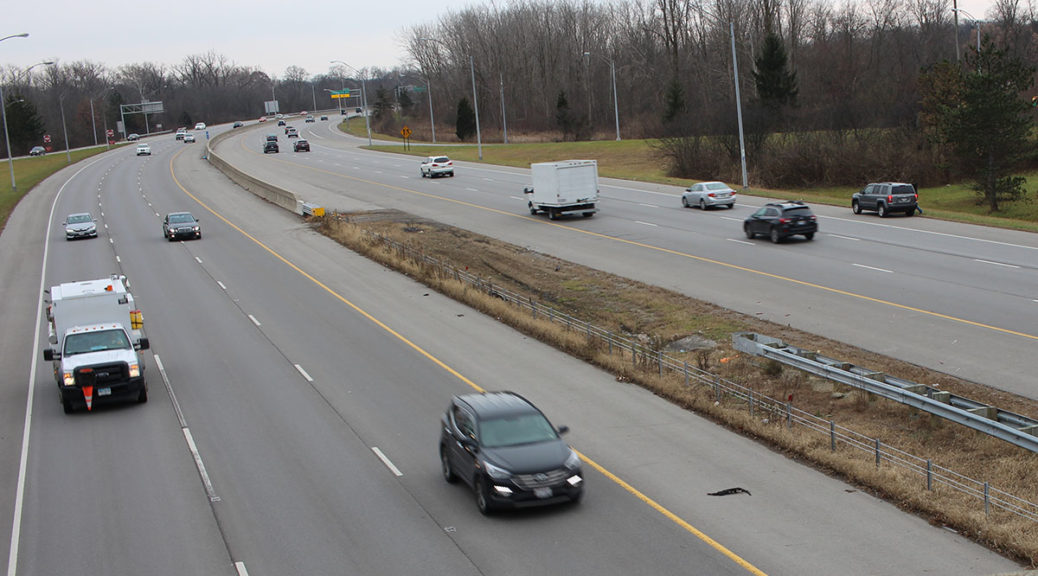What is a credit card?
A credit card is a card with a number on it that you can use to buy stuff.
Yes. Yes it is.
They also represent the systemization of all consumer relationships.
Credit cards have only existed since the 1950’s or so. That is not very long ago. So how new are they? Do they represent a completely new concept? As with many things that appear new, credit cards are really a transformation of something very old. In the case of credit cards, they transformed personal consumer relationships with vendors. The relationship is still there, but it has taken a different form, and different people and institutions handle it and profit from it.
Let’s consider 2 consumers: Consumer A, and Consumer B. We will consider how each did business in 1819, then we will consider how they do business now.
Consumer A: The Person and Habits
Consumer A is very responsible. He spends only what he makes. He is polite when he enters the store, makes his purchases and usually has cash on hand to pay for the merchandise. He likes a good deal, but pays the listed price. He considers debt to be a burden on his life and immediately pays it to keep his life clear. As the store owner, you happen to know several other people in Consumer A’s family who also shop in the store. Consumer A buys mostly bread and horse food, but enjoys the occasional beer with friends on the weekend.
In short, Consumer A is a responsible consumer who is a pleasure to do business with.
Consumer B: The Person and Habits
Consumer B is not responsible. He spends money when he sees things in front of him that he impulse buys. He is polite, but always seems like his politeness has an ulterior motive — hence when it comes time to pay, he is usually short some cash and asks for a “quick loan.” He likes a good deal — so he is always taking what he can get. Consumer B racks up little debt constantly and if you forget about it then so did he. As the store owner, you never really know Consumer B very well. Consumer B buys the necessities, but also a whole bunch of other stuff that nobody needs, drinks during the week and drinks too much on the weekends.
In short, Consumer B is worth doing business with, but only because barring him from the store would be more of a hassle than it’s worth.
Consumer A in 1819
Consumer A spends decades racking up goodwill with store owners, and store owners pay him in kind. When there is excess inventory of horse food one year that will go bad if they don’t give it away, the store owner takes Consumer A to the back of the store and gives him the horse food for free. When the store expands and gets rid of quality office furniture, it goes to Consumer A. When the store owner sees Consumer A at the bar on the weekends, he picks up Consumer A’s drink tab.
Consumer A normally has plenty of savings, but one time spends his savings to buy lumber to build a new house. The first day of construction, the load falls from the cart and breaks his arm. He can’t work for three months and is potentially mildly crippled permanently! The townspeople line up to help him out. The store owner drops off bread to his wife who is taking care of Consumer A. The horses eat for free. Consumer A recovers and manages to pay back the debt that he had his wife keep track of. The store owner and townspeople accept some repayment, but in the end Consumer A is hardly able to pay back what he actually received. There was certainly no interest added to his debt.
In short, Consumer A gets a bunch of extra little stuff that adds up over time, and in hard times gets even more because of the goodwill he had built up with others.
Consumer B in 1819
Consumer B spends decades making everybody a little angry and uncomfortable. He has several enemies who hate him and will take everything they can get from him. When he accidentally leaves his cash clip on the counter, it disappears. No free horse food. When the office furniture was given away, he was the last to know and found out too late. When he passes out at the bar one weekend, he wakes up with nothing. The wallet thief gives some of the take to the store owner because he knows Consumer B owes the store owner money — but the store owner won’t take it because he doesn’t want the dirty money.
One day, Consumer B wakes up with a broken wrist and he doesn’t know where it came from. He spends his recovery time of four months alone begging for crumbs, and loses weight almost to the point of death, but eventually recovers angrier than ever and antagonizing everybody even more.
In short, Consumer B fights hard for tiny little deals constantly and loses every penny that isn’t physically attached to him. In hard times, he loses everything and barely survives.
The Store Owner in 1819
The store owner wants to sell stuff, get paid for it, and go home to his family at the end of the day.
The store owner deals with Consumer A and Consumer B because they both pay for the merchandise, although in the case of Consumer B only after three times as much energy was expended hounding him.
Consumer A in 2019
Consumer A has a credit score of 770 that was determined by algorithms that used Consumer A’s habit data collected and stored by financial institutions.
Consumer A buys everything on the same rewards credit card that constantly gives him 1% – 1.5% cash back on everything he buys, and up to 5% on some merchandise. He pays his credit card statement balance every month.
Consumer A constantly receives offers for 0% financing. Normally he doesn’t use this financing, but the one time when his new house was under construction and he breaks his arm, he charges everything to a 0% credit card and pays no interest for the three months that he couldn’t make his payments.
In short, Consumer A gets a bunch of little extra stuff — well, exactly 1% — that adds up over time to a nice vacation each year.
Consumer B in 2019
Consumer B has a credit score of 550 that was determined by algorithms that used Consumer B’s habit data collected and stored by financial institutions.
Consumer B buys everything on credit from whomever will lend him money. The best credit card he can get charges him the maximum interest rate allowed by law. He pays the minimum balance every month and pays one credit card with another if possible.
Consumer B constantly receives offers for loans to buy a variety of optional expensive items like furniture, electronics, new cars, fancy liquor, anything sellers can put in front of him to impulse buy. He takes the bait often enough that he is in debt to many creditors who hound him all the time.
In short, Consumer B has nothing because every penny to his name is already spoken for by a creditor.
The Store Owner in 2019
The store owner wants to sell stuff, get paid for it, and go home to his family at the end of the day. (Notice this has not changed at all).
The store owner deals with Consumer A and Consumer B because they both pay for merchandise with credit cards. He goes home at the end of the day with 97% of what Consumer A and Consumer B spent without even knowing who the consumers are as people. Where did the 3% go that would make 100%? He paid 3% of his sales to …
…
The Credit Card Company in 2019
The credit card company did not exist in 1819. However, what the credit card company does is far from new. In fact, ironically, people in 1819 were much more familiar with what credit card companies actually do than we are today in 2019. The credit card companies deal with the store owners, and they deal with Consumer A and Consumer B. They manage that relationship and make it transparent to all parties.
The credit card company goes to the store owner and says,
“I will make sure you get paid 97% of all that you sell. You don’t have to know the customers at all. As long as they pay with this card, you will receive 97% of the value of what they purchased. You will receive it from our bank, in one big monthly payment — guaranteed.”
The store owner says,
“I don’t have to deal with Consumer B at all, and I don’t even have to lend to Consumer A when he breaks his arm? Just 3%?!?! Guaranteed payment?? Done. Where do I sign?”
The credit card company (which is essentially banks) collect all the data from all the consumers no matter where they shop, and they collect all payment data on all consumers. They use that data to determine who is Consumer A and who is Consumer B. They then take 3% of all sales, plus the interest – charged mostly to Consumer B – as their revenue. From their revenue, they subtract the rewards given to Consumer A as incentive for being zero hassle to them. The credit card companies then use the remaining money to pay the wallet thieves and hustlers to take everything they can from Consumer B through consumer data sales to impulse goods salesmen, interest charges, general hounding, and repossession. What remains is the credit card companies’ profit.
In short, the credit card companies make a lot of money by charging 3% on all sales to deal with the few Consumer B’s out there.


